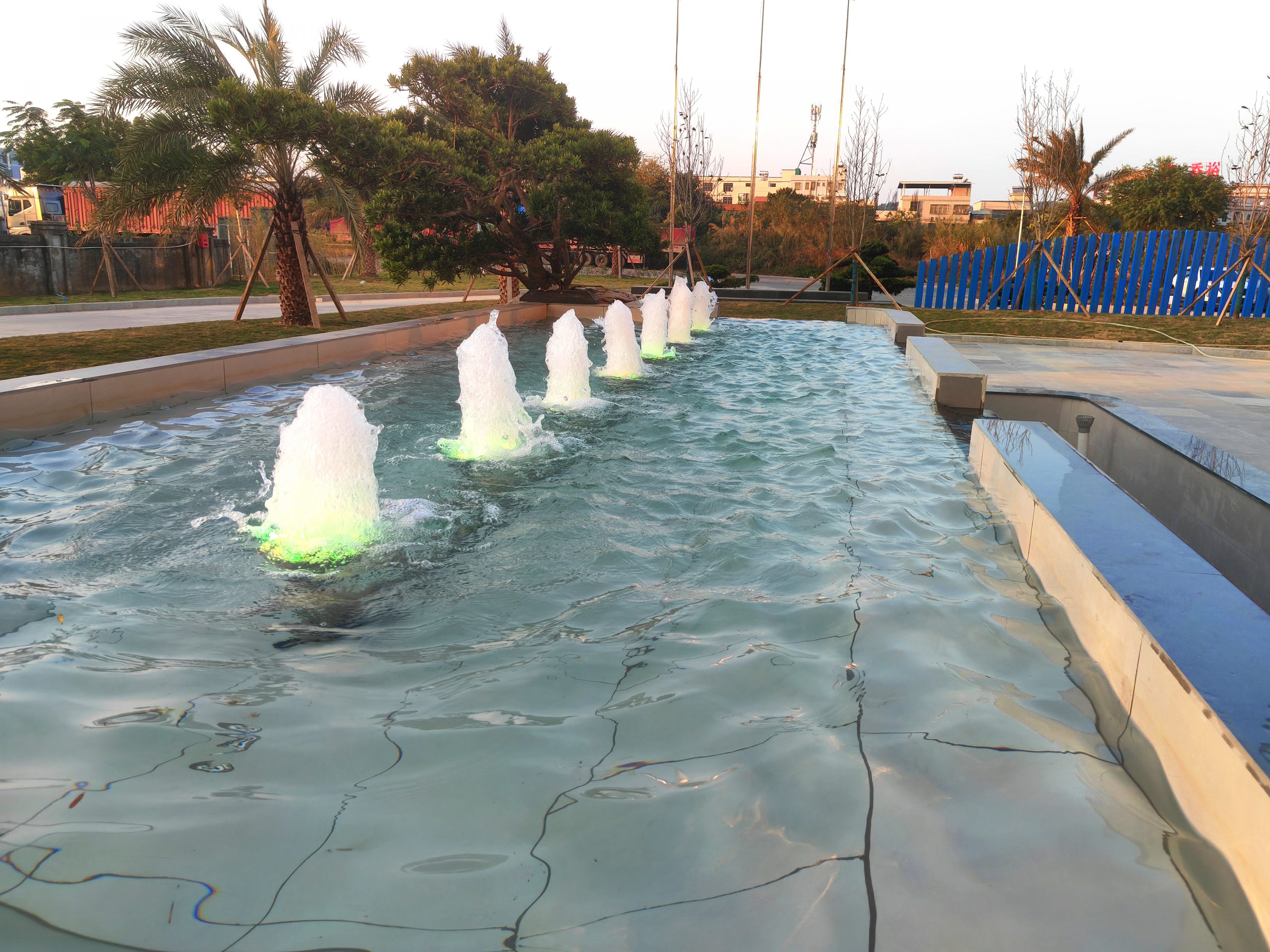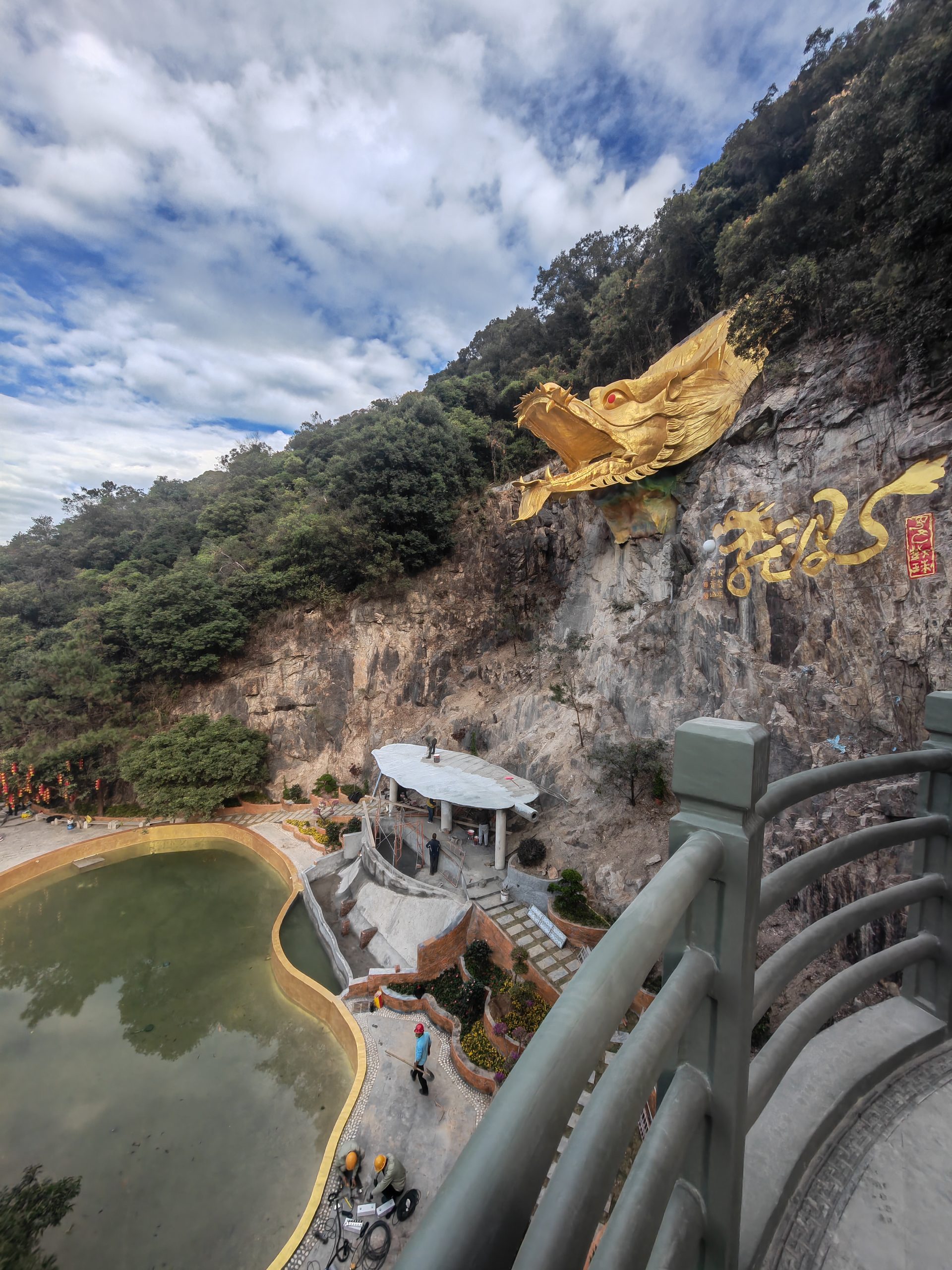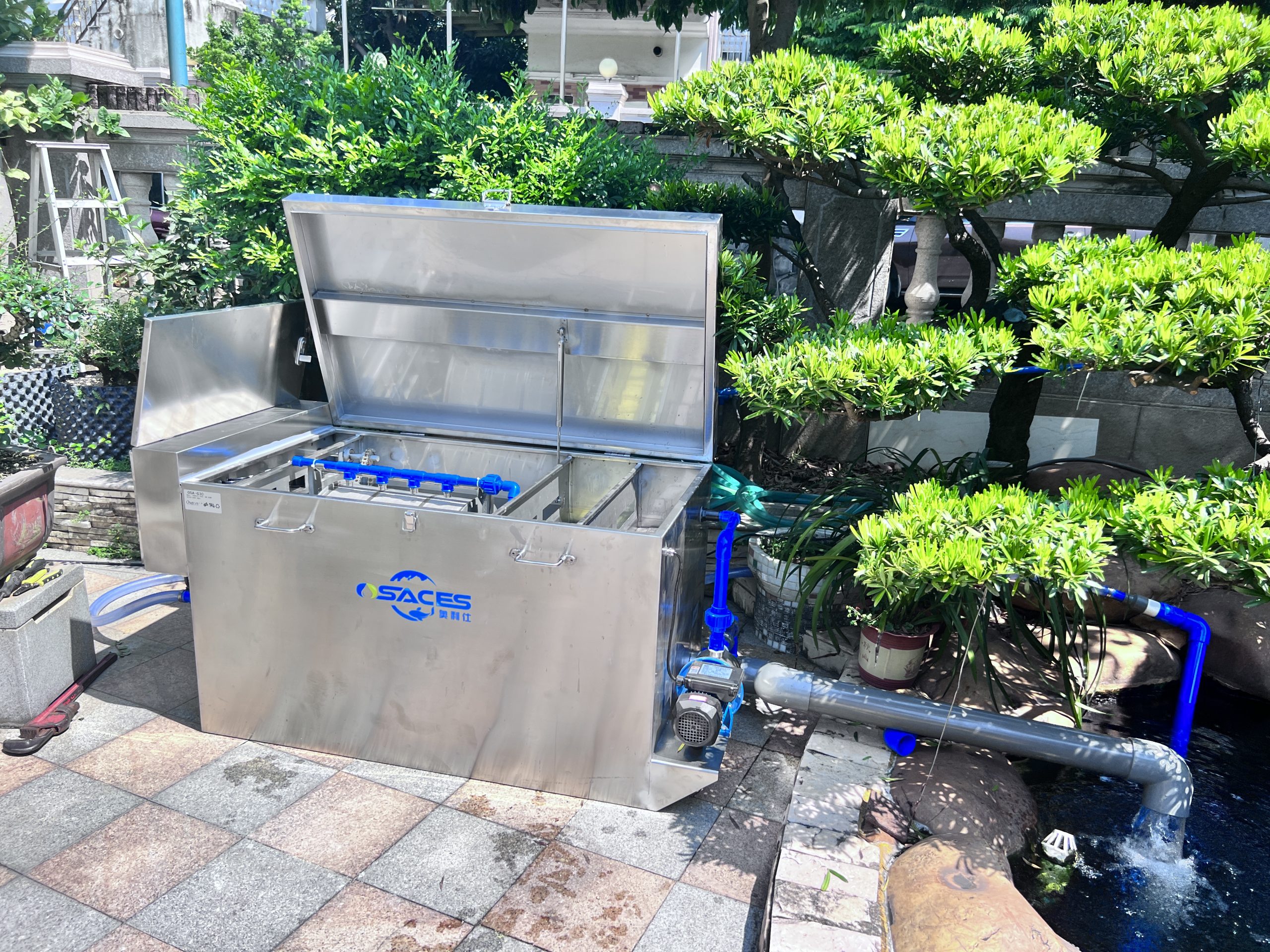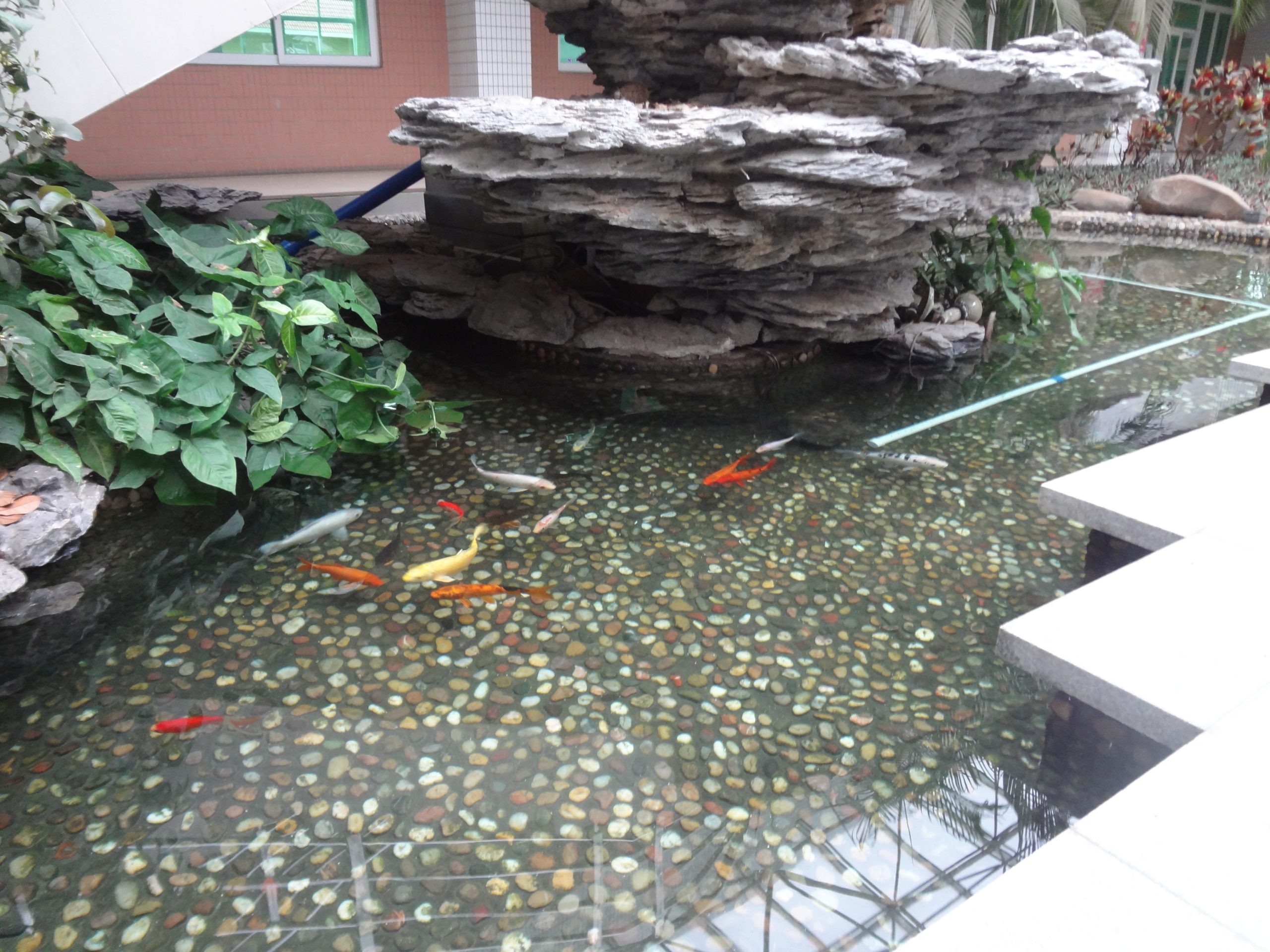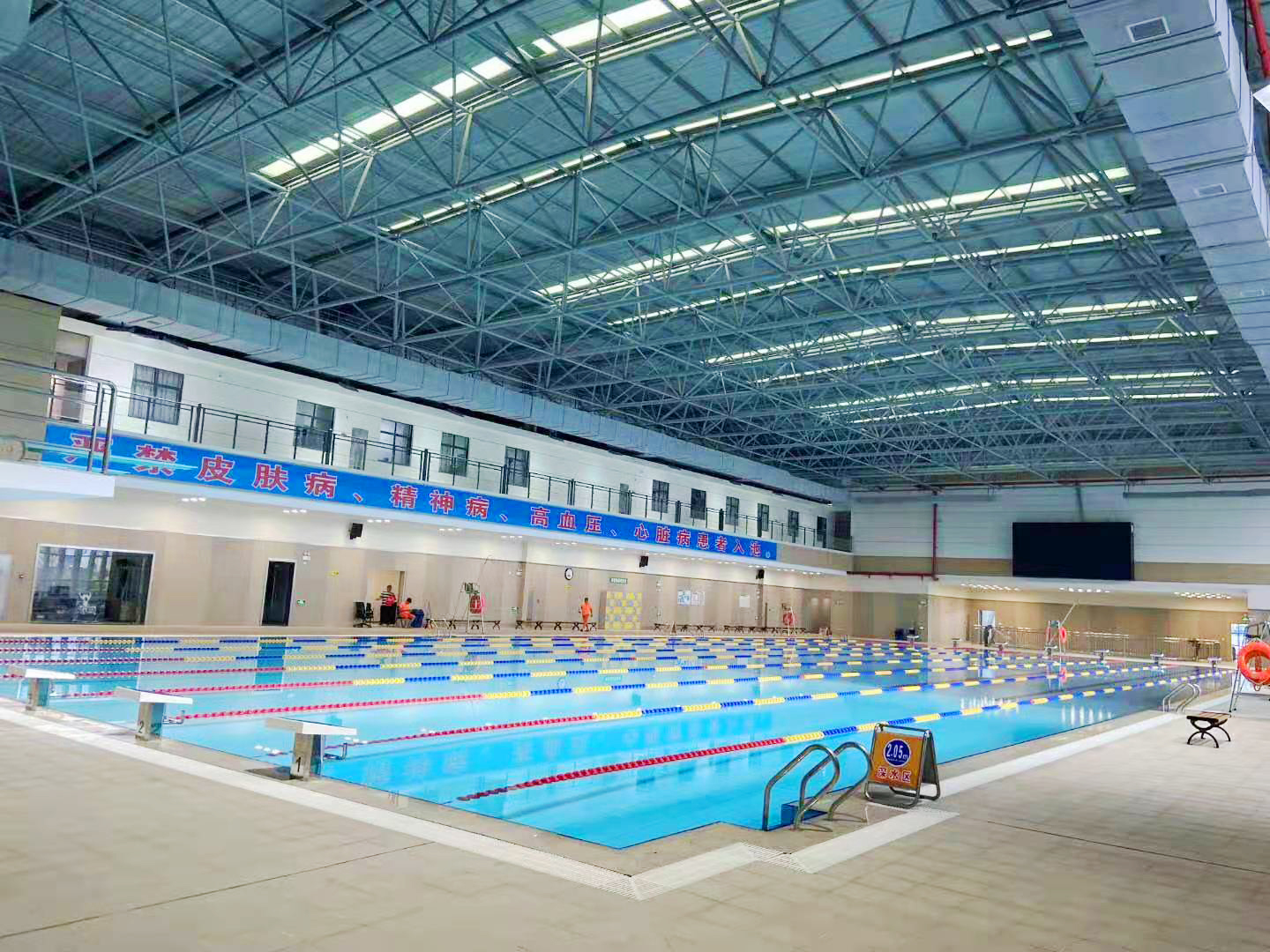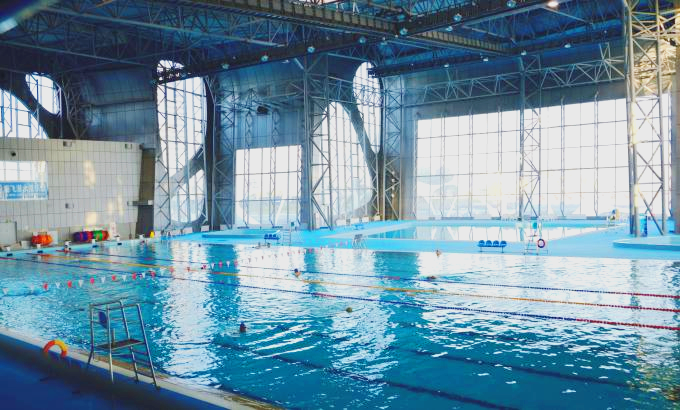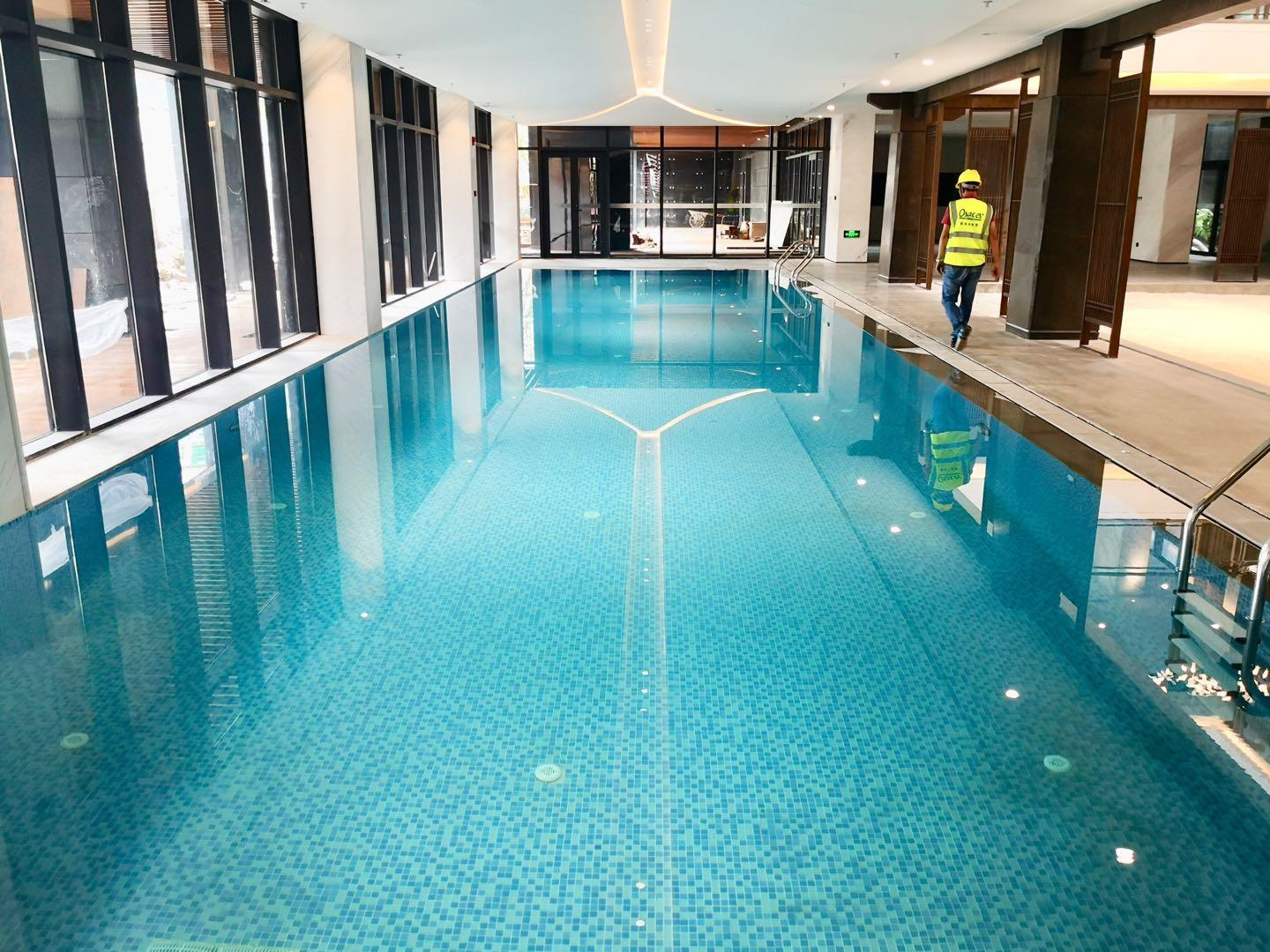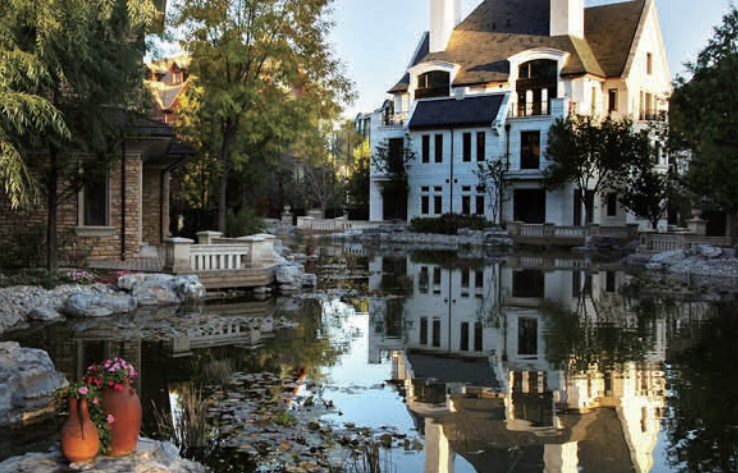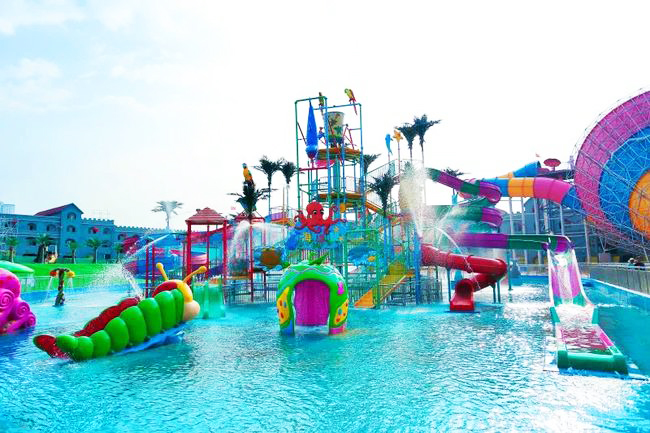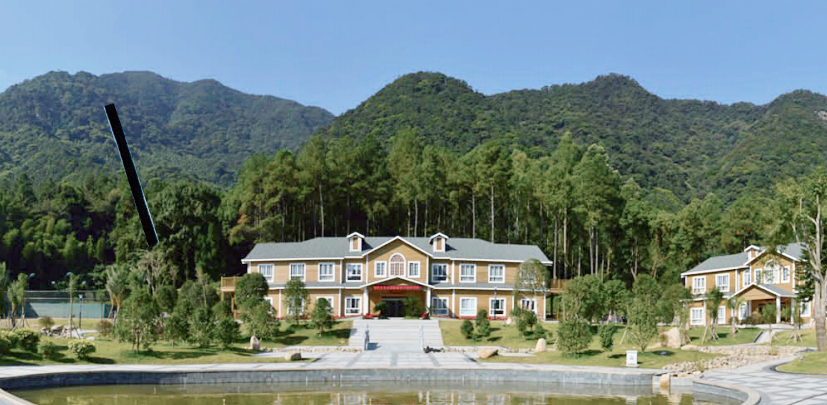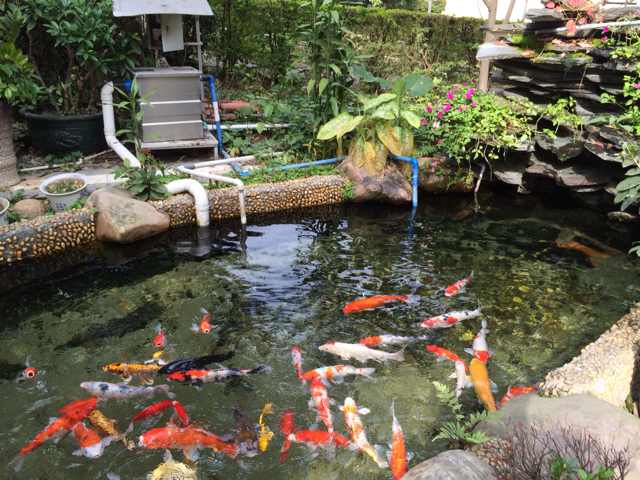News Center
contact details
 Ollies (Guangzhou) Recreation and Sports Equipment Co.
Ollies (Guangzhou) Recreation and Sports Equipment Co.Tel: (020) 82686289
Fax: 020-82694853
Headquarter: No.31-37, Xincun 2 Road, Shangjiang North Street, Dongzhou Village, Xintang Town, Zengcheng City, Guangzhou, Guangdong, China
Fish pond ecological filtration design - biological filtration
Biological filtration consists of two aspects:
(1) Conversion of harmful ammonia into less toxic nitrate by the action of water purification microorganisms
(2) Utilizing aquatic plants to purify water by absorbing nitrates
Let's start with the first aspect, which I believe is of concern to everyone - the
How water purifying microorganisms convert organic wastes such as fish diarrhea, body fluids, and residual feed in the water into substances that pose little threat to koi.
As we know, biological filtration is a type of filtration that utilizes specific bacteria attached to the surface of the filter media to purify the water. The object of "purification" mentioned here is no longer solid waste visible to the naked eye, but colorless harmful substances dissolved in water - ammonia and nitrite.
Ammonia is a highly toxic substance that dissolves in water - very low concentrations of ammonia can be fatal to koi. There are three sources of ammonia in fish ponds:
The first is the solid organic waste produced by koi that is converted by the decomposition of bacteria and fungi;
The second is the products of the koi's own metabolism, which are discharged into the water mainly through the gills;
External organic matter contamination - such as residual bait that koi have not finished ingesting and other organic matter that has fallen into the pool;
In a reasonable biological filtration system, the biological transformation of ammonia is realized through the "nitrogen cycle". That is, under the condition of oxygen-rich water, the first step is to convert ammonia into nitrite through the oxidizing action of Trichoderma nitrite; the second step is to convert nitrite into nitrate through the oxidizing action of Trichoderma nitrite. So far, the highly toxic ammonia is converted into low-toxicity nitrate by the action of nitrifying and nitrosating bacteria.
Because nitrosophilic bacteria and nitrifying bacteria are aerobic bacteria, so in order to realize this "nitrogen cycle" to achieve the purpose of water purification must be full of oxygen in the filtered water. This is why the purpose of additional aeration to the biological filter chamber.
Having said that, it seems necessary for us to unravel the mystery of the so-called "water purification microorganisms".
The term "water purifying microorganisms" is a generic term for microorganisms that purify water and eliminate harmful substances. In fact, there are hundreds of microorganisms in nature that play such a role. It may not be possible to have a very detailed knowledge of these microorganisms in nature, but at least we should know the general classification and the main functions of these types of bacteria that play a key role in our fish ponds.
In general, such water purifying microorganisms can be divided into three main categories:
(1) Indigenous microorganisms: These are microorganisms that are indigenous to the local natural water sources. Even treated tap water will still contain a lot of these bacteria, which will naturally attach themselves to the walls of our fish ponds and filter media. Representative species such as "activated sludge" and photosynthesizing bacteria, etc., which mainly decompose carbon-containing wastes, but the removal rate of nitrogen-containing wastes generally does not exceed 70%.
(2) Exotic microorganisms: Since these bacteria mainly grow in soil, they are "exotic" microorganisms relative to water. They can also grow in the water, including ammonia bacteria, nitrifying bacteria, nitrite bacteria, nitrogen-fixing bacteria and fiber decomposition bacteria, generally aerobic bacteria, the degradation of nitrogen-containing pollutants and the removal of the efficiency of the powerful, in the water quality of the "nitrogen cycle" plays an important role. At the same time, they also have a strong effect on the removal of carbonaceous sludge in the treatment of nitrogenous wastes. They are the main biological force in the purification and reduction of water quality in our fish ponds.
(3) Genetically Engineered Bacteria (GEB): Modern bio-genetic engineering technology is used to construct "artificial strains" with high efficiency and broad-spectrum degradation ability, which are highly efficient microorganisms for water purification. Even some strains of bacteria can still play its role even under extreme conditions. For example, the "Enoch Microbies" mentioned by Mr. Zhang belongs to this category.
As we know from the second point above, most water purification microorganisms are aerobic, so keeping the water in the filtration system oxygenated is critical to the ability of these bacteria to perform their functions. This is why it is necessary to "oxygenate" the overflow filter and why drip filters are so effective.
Secondly, it is necessary to understand the survival of such microorganisms that are responsible for water purification in our fish ponds and how an efficient microbial circulation ecosystem can be established quickly.
We know that microorganisms in the same ecological environment have symbiotic, competitive, repulsive and antagonistic interactions. When the population of one type of microorganism reaches a dominant position, other types of microorganisms will be suppressed. This is one of the keys to why fish in a well maintained pool are less likely to get sick, and even when they do get sick, they are more likely to recover from the external aspects of the disease. Because beneficial microorganisms dominate in such a pool, other pathogenic bacteria (which are always present in any well-managed pool) are suppressed and crowded out.
By the same token, the same competitive and complementary relationship exists even among such microorganisms that are beneficial to water quality. Therefore, if you want to put a highly effective strain of bacteria into your fish tank, there are two ways to do it:
The first is to put in a considerable amount at once in a newly constructed fish pond, and to do so several times over the preceding period. The exact quantity and frequency of inputs can be found in the instructions for the product.
We know that only when the number of some specific strains reaches a certain level, forming a microbial community and becoming the dominant strains, their functions can be efficiently performed.
In a new fish pond or filter, or a completely cleaned fish pond or filter, although there are local indigenous microorganisms, but their number is still small, and they have not yet fully settled on the pond wall or filter media, if we put in a large number of highly effective strains of bacteria at this time, so that in the microbial ecosystem of the new pond, these specific strains of bacteria will be easier to take over the dominant position. If in the already established natural microbial ecosystem of the fish tank, the newly put in strains will be attacked and crowded out by the native microorganisms, it is difficult to form a population advantage in the new environment, so it is difficult to play their proper role.
In fact, most fishers do not have the practice of putting in specific strains of bacteria, and they rely on the indigenous microorganisms that naturally occur in the water to purify the water. This is not to be blamed, but there is no doubt that a scientific approach to strain-specific practices is more likely to result in an efficient microbial ecological community that is also more efficient and thorough in its ability to treat water quality.
So personally, I have the following suggestions for you:
(1) you can just put into use in the new fish pond, in the first put fish in the time period can be put accordingly some efficient water purification strains, these strains of bacteria, once in your fish pond and filter to settle down and flourish, the future of the fish pond ecology will have a very prominent role; in the new pool without fish put these strains of bacteria will not be of much use, because of the lack of these microorganisms in such water The water lacks the nutrients that these microorganisms need to survive.
(2) Appropriately placed in the spring of each year when the filters are cleaned and ready to re-feed the fish, to help quickly restore to a high level the number of strains that have stagnated or been lost due to the cold of the winter.
(3) You can also supplement the water with beneficial bacteria if you change the water a lot or completely once in a while.
(4) In some cases, for example, during the recovery phase after a fish disease has been cured, supplementation may also be appropriate.
The strains we often put in are nitrifying bacteria, while photosynthetic bacteria are inherent in the water and generally not needed for outdoor fish ponds. It should be noted that the liquid nitrifying bacteria available on the market are quite questionable as to how much active ingredient they have; fish lovers who are in a position to do so would do better with a highly effective lyophilizer.
The second approach is highly efficient, but generally not suitable for generalization. It is to kill the indigenous microorganisms in the original feeding water before putting in new strains, so that the newly put in strains will naturally be easy to form a population advantage. This approach is mostly applicable to laboratory environments and conditions, and there is no need for us to discuss it in depth here.
Second problem: nitrate removal
As we have already said in previous articles, even if your ecological filtration system is fairly well developed and most of the wastes are degraded and transformed, it does not mean that the water quality of your pond has been completely purified and reduced. This is because the products of filtration using bacteria-like microorganisms are nitrates, and although they are not very toxic to koi, there are only two ways to remove them: water changes and absorption using aquatic plants.
The absorption of aquatic plants has been discussed and introduced earlier. Aquatic plants can be categorized into two types: higher aquatic plants - such as aquatic plants of the uplift and submerged aquatic plants; and lower aquatic plants - such as various kinds of algae and so on. On the use of higher aquatic plants for biological absorption to achieve the removal of nitrate, we have already discussed the issue, here we mainly discuss the issue of lower aquatic plants - algae.
When it comes to algae, we both love and hate them. The love is that in the appropriate algae in the pond water conditions are undoubtedly suitable for fish survival; hate is that it is difficult for us to control their reproduction rate, too much algae will prevent us from viewing.
Algae are actually one of the organisms that have thrived on Earth for 300 million years, and their presence is directly responsible for the formation of the Earth's oxygenated atmosphere and ozone layer. Their tenacity is unimaginable - it is almost impossible to deny them a visit and a home in our fish ponds.
The topic of algae removal is beyond the scope of this discussion. What we want to say is that these algae can be properly utilized for the purpose of reducing nitrates in the pond. We know that algae absorb and utilize nitrogen as a nutrient, especially in the form of nitrate. It is this nitrate that is the product of biological filtration in our ponds. High ammonia and nitrate concentrations rarely occur in a pond with proper algae growth. The problem is that we should control and utilize them so that they can be a great tool for us to improve our water conditions, but at the same time not allow them to overpopulate and hinder our viewing.
So personally, I have two suggestions for you:
(1) The clear moss on the walls of the pool should be protected from the need to brush them clean; simply use a broom to remove the overgrown bristles at each water change;
(2) A light green coloration of the pond water during certain seasons is undoubtedly beneficial to the ecology of the pond and to the koi themselves, as long as it does not interfere with the enjoyment of the koi. It is not necessary to keep the water in an outdoor pond as clear as pure water all year round.
Related content
- Homeostatic regulation of fish pond water quality: a systematic solution based on nitrification kinetics and nutrient thresholds
- Koi Pond Maintenance and Protection Guide during the Rainy Season | The Veteran Driver's Handbook of Dampness and Disease Prevention
- Pool water circulation system maintenance guide, goodbye to cloudy water quality to create four seasons of translucent "liquid sapphire".
- From zero to professional: a complete guide to pool equipment configuration that even a beginner can understand
- The Golden Ratio of Swimming Pool Ventilation and Dehumidification Systems: The Balancing Act of Airflow, Humidity and Energy Consumption
- Specific benefits of dehumidifiers for new swimming pools
- Industrial solutions for fish pond water quality management: How to break through the bottleneck of traditional operation and maintenance of filtration systems?

